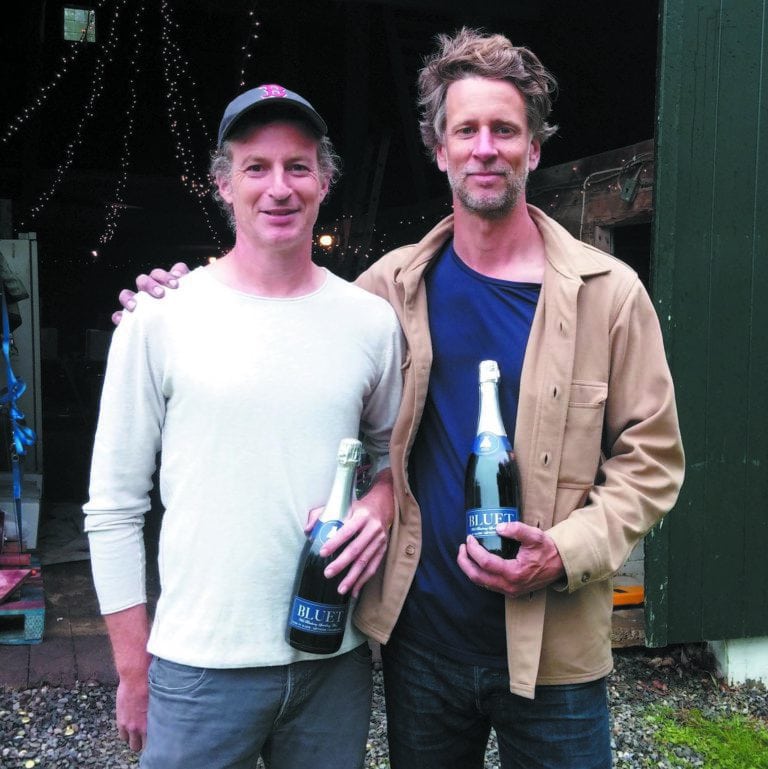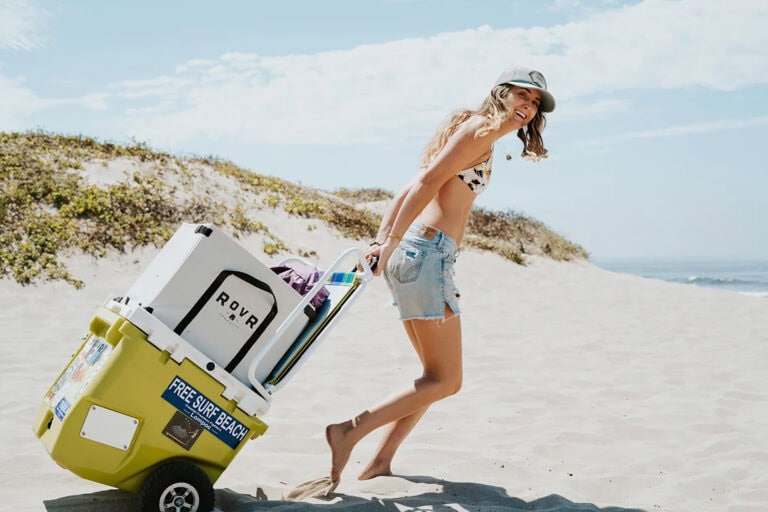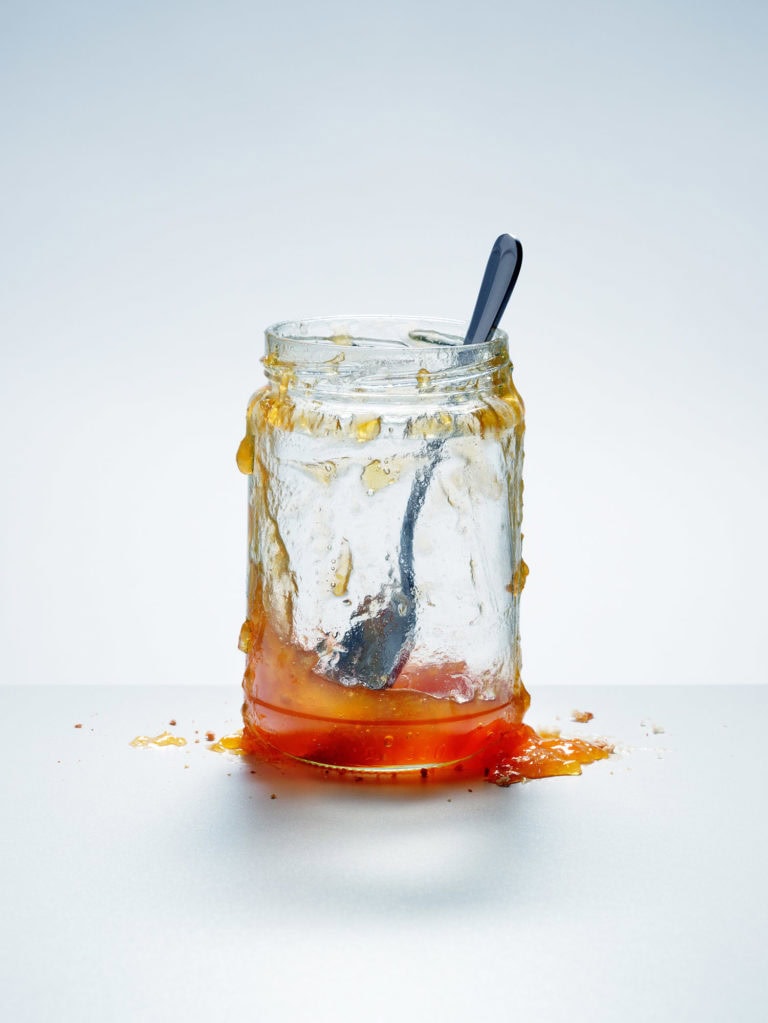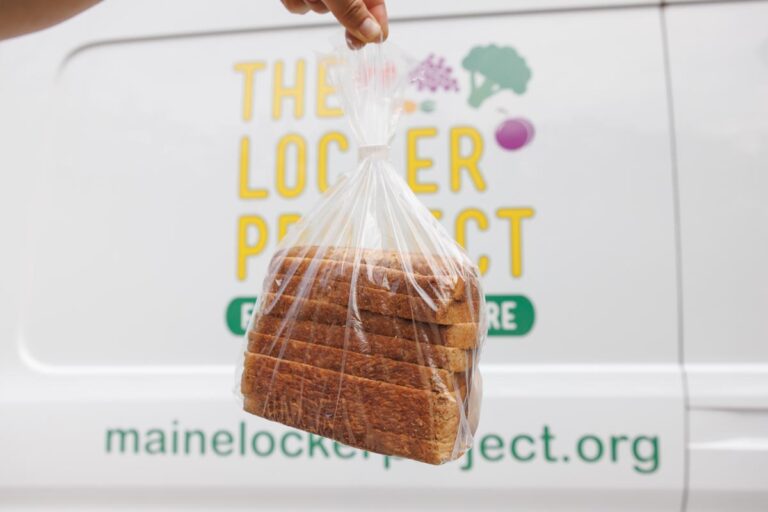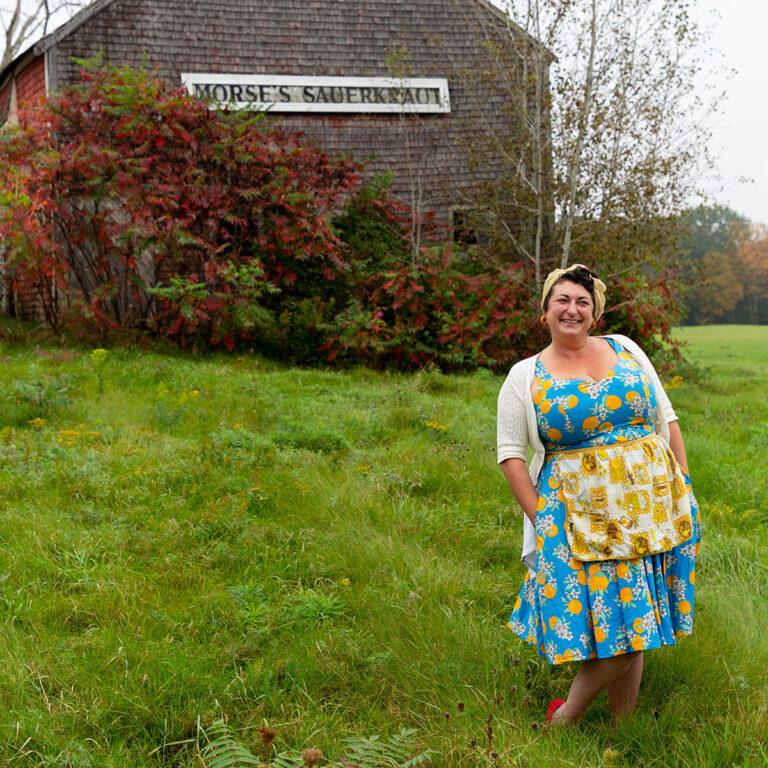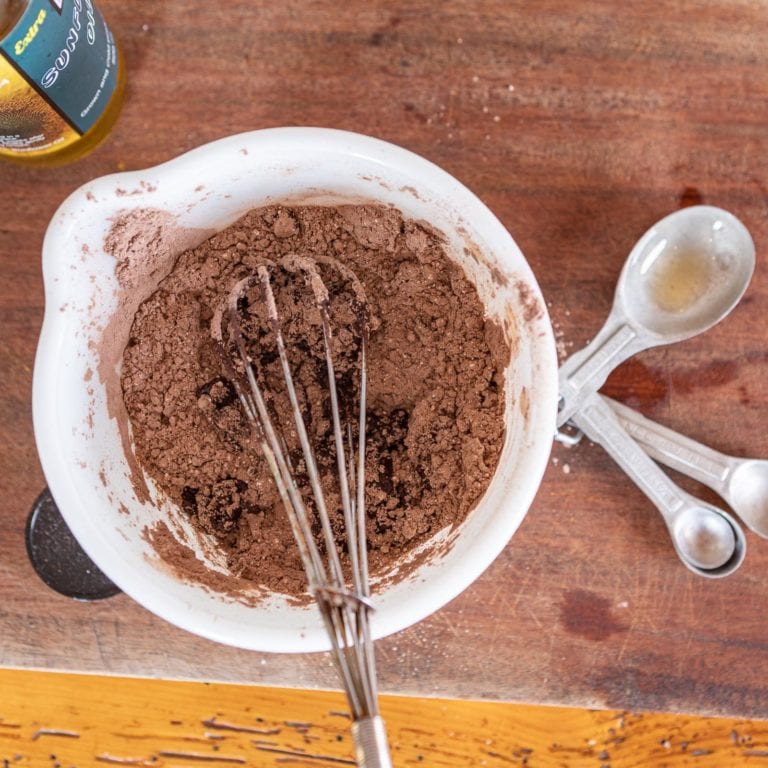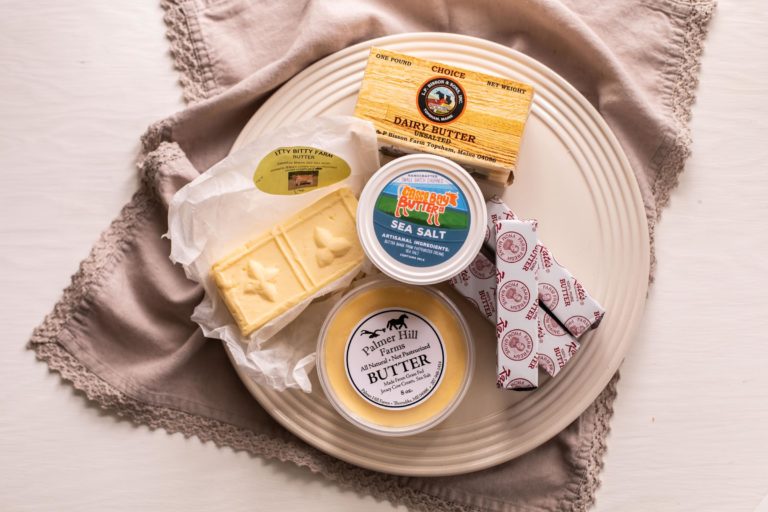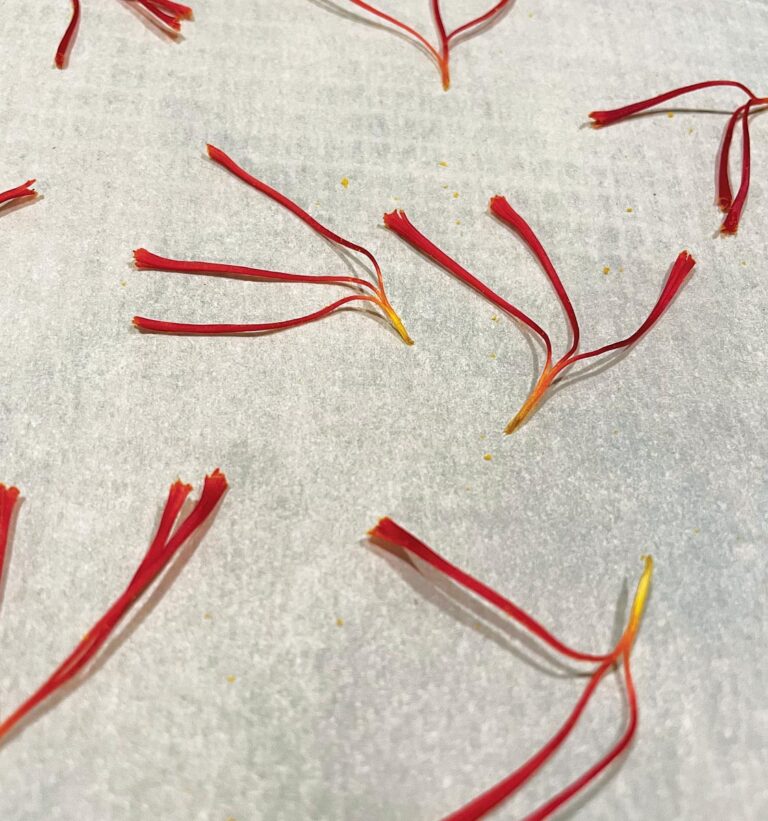The rumor about the voluptuous coupe glass being fashioned after Marie Antoinette’s breast is sexy for sure. But it doesn’t hold water, or champagne, for that matter. The curve of the broad-bowled coupe (pronounced “koop”) makes the tale plausible, as does the time frame during which this elegant stemware was popular in France (sometime in the 1700s through the 1970s). Historians, though—at least those who study glassware, anatomical art, and/or 18th-century royals—say there’s no proof the pampered, Austrian-born aristocrat who married Louis XVI as a teenager in 1770 would have lent her breast as a model for any vessel. In fact, the glass was designed by a Benedictine monk in England a century before Marie and Louis tied the knot.
Coupes, also known as champagne saucers, didn’t arrive stateside until the 1920s. And it was Hollywood royalty appearing on the big screen throughout the 1940s, 50s, and 60s, coupes in hand, that ended up making them a requisite item on bridal registries during that period. Katharine Hepburn and Jimmy Stewart sipped from coupe glasses in The Philadelphia Story in 1940. So did Ingrid Bergman and Humphrey Bogart in Casablanca in 1942, Audrey Hepburn and Gregory Peck in Roman Holiday in 1953, and Cary Grant and Deborah Kerr in An Affair to Remember in 1957.
By the 1980s, though, Americans started to prefer the flute glass for champagne because it better delivers the wine’s effervescence to the drinker. A rough bead at the flute’s base lets bubbles congregate and then release to rise to the top of the glass. The tulip glass is an even more modern design that’s shaped like the flower with the same name. It has the same rough-bead base for bubble development but expands to a wider bowl so the bubbles pop there (and not up a drinker’s nose) and finally narrows slightly towards the rim. This design funnels the wine’s aromas toward the nose to be inhaled with every sip of the bubbly.
All that said, Portland-based public relations executive Gillian Britt is still drawn to the coupe’s romantic elegance.
“They are just so beautiful. They make me happy,” says Britt.
In the past 10 years she’s collected many dozens—some made of cut glass, others of etched glass, still more rimmed in gold leaf, the newest ones are pink—procured from antique stores, yard sales, and secondhand shops. She pulls them all out on Thanksgiving, when she kicks off the day with a champagne and Maine oysters social in her Cape Elizabeth home.
Britt notes that recently, as more and more bartenders are elevating their shaken cocktails by straining them into vintage coupes, she’s finding it harder to pick them up on the secondhand market. While most modern stemware brands, from Libbey to Viski, offer coupes as part of their online collections, if you want vintage ones, Britt suggests looking in the back of your grandmother’s glassware cabinet for the best deals. If you do find a coupe or three, we suggest using them to serve up any or all the cocktails featured here. The recipes were provided to us by elegant, classy, romantic establishments located throughout Maine and use a mix of ingredients from here and away.
The Cocktails






